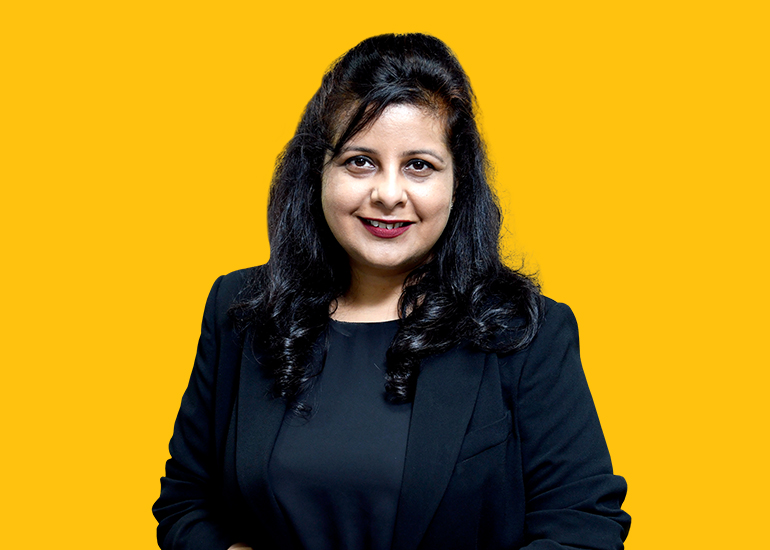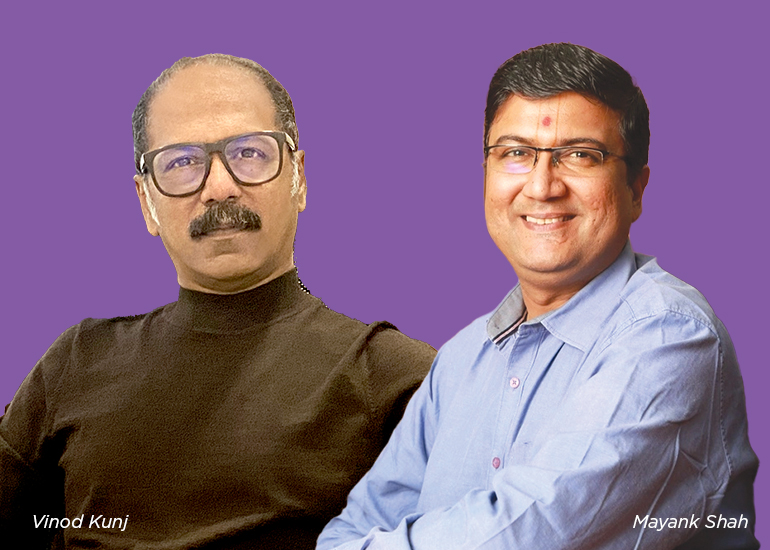Most people in the profession today are unlikely to have memories of the state of play in the broadcast industry in the early 2000s. Satellite TV was just getting into its second decade. Television had barely made the transition from being a nascent medium, to one rapidly acquiring audiences and gaining prominence in the media landscape. The only contemporary study which systematically mapped media footprints, the Indian Readership Survey, estimated that TV was then available in just over 60 million homes, a shade lower than 30% of India’s estimated 195 million homes. However, this was growing at an impressive clip: almost 10 million new homes were being added to the TV footprint every year. But how was this vast population of TV homes, distributed across the country’s length and breadth, receiving signals? Via highly fragmented analog cable. Tens of thousand local cable operators- LCOs, all with their own C-band dish antennae, and miles of copper cable run haphazardly into huts, bungalows, apartments and offices, had mushroomed. A particular operator may have no more than 1000 homes, but the only was a broadcaster could ensure that his signal was available in the home, was to deliver an IRD, Integrated Receiver/Decoder, what you may now think of as an industrial strength set top box, to said cable operator, then depend on good faith to get subscription payments for the homes who would receive the cable operator’s signal.
This was when the Telecom Regulatory Authority of India, TRAI, entered the terrain. The government made a premature, poorly planned attempt to replace analog by digital, vide the Conditional Access Systems or CAS project. Initiated in 2002 or 2003, this entailed major changes at every step of the broadcast value chain, inter alia requiring the distribution intermediaries or Multisystem Operators (MSOs) to provide individual set top boxes to decode encrypted signals in every connected home. The MSOs proceeded to import lakhs of these devices but, with one thing and another the project never found its feet. The MSOs went to Delhi High Court asking legal remedies for enforcing of their CAS contracts with broadcasters. The Delhi HC looked about for a regulatory body which might have the knowledge and skill to oversee this enforcement, spotted TRAI, and assigned it the additional, temporary, responsibility of so doing. What began, in 2004, as a makeshift and ad hoc arrangement found TRAI entering a vast, interesting, rapidly growing domain. And once the body had tasted blood, in a manner of speaking, there was no going back.
CAS, for those who remember it at all, was an unmitigated failure. Thankfully, it soon staggered to standstill, and it was to be over a decade before India mustered the courage to return to broad digitisation of the cable plant. However, everyone forgot that TRAI was to make way for a properly designed and competent sector regulator, and the temporary assignment became a permanent occupation.
In the days of analog cable, direct monitoring of the signal at the individual household level was technologically impossible. The only way that TRAI could intervene in price setting was by prescribing rules for mediating the primary transaction: between broadcasters and cable operators. This is exactly what it began to do with its earliest tariff orders stipulating structures and caps for the bundled offers which broadcasters sold MSOs. The thought was that content costs were the largest component of cost for MSOs and their LCOs, so keeping that item under control would have a salutary effect on the final price to consumers, keeping the product affordable. Even as early as 2005, the then TRAI chairman, Pradip Baijal, was wise enough to indicate that TRAI’s price management role would diminish rapidly once there was competition for the consumer’s home. He knew what he was talking about. Dish TV, from the Essel/Zee group had already launched DTH services and Tata Sky, a Tata-NewsCorp (Star) JV was gearing up for its launch within the following year. Once both services had rolled out, Mr Baijal contended, market forces could take over and TRAI step back into forbearance.
This, history tells us, is not how life works. Once an entity acquires, by effort or accident, any authority, it will cling to it tenaciously. Nobody gives up power out of any altruistic sense.
TRAI had a whole new realm to preside over. LCOs, MSOs and broadcasters, not to mention assorted players in technology: hardware, software and services, were constantly at its doorstep, seeking whatever little tactical advantage they could ferret out. The final consumer, it has to be said with great regret, was never a part of this cavalcade.
Over time, TRAI moved in precisely the opposite direction to the one Mr Baijal intended to set. Instead of ‘regulation-with-a-light-touch’, and forbearance, TRAI became ever more an intrusive, ever present micromanager, wanting to oversee and dictate terms for every intermediate transaction.
On occasion, someone in the organisation who may still have retained some conscience, would try to bring the consumer back into their line of sight, and this led to some halfhearted attempts to establish QOS, quality of service, norms. If you have a cable service at home, I scarcely need to tell you that these QOS norms were and indeed are followed almost entirely in the breach.
Decades have gone. The last mile is more competitive than ever before, and ever since the arrival of cheap data connectivity and hundreds of million smartphones which can use it for delivering all sorts of audiovisual content, the market is evolving in directions quite unforeseeable even a decade ago.
In the meantime, TRAI’s heavy-handedness is unabated. In a case of particularly egregious timing, it announced a new tariff order, the second in a series, on January 1, 2020. Let me remind you again that the order, like all its predecessors, dealt with the primary sale price, from broadcasters to distribution services, and while it doffed the token hat to how it would all be for the benefit of the consumer, it did not offer any clear path to how this would play out.
This outlet has done many previous pieces on the anatomy of NTO 2, and it does not bear repeating. What we do know now, is the legal challenges mounted by broadcasters against its forced implementation have faded away and new packaging and pricing has begun to hit the market.
The regulator, supposedly tasked with ensuring the final consumer’s interest, has unleashed a massive round of price increases. This is not the law of unintended consequences. Everything happening now was predicted, repeatedly, by thinking minds and talking heads. However, in a battle with common sense, bureaucratic cussedness always wins. And now tens of million consumer homes must prepare to deal with big increases in their cable bills. Coming as it does at a time when jobs are scarce and incomes are, at best, flatlining, this is a massive sprinkle of salt on their wounds.
It is paradoxical that in an era defined by deregulation, of everything from costs of medicines to airline fares, from fuel prices to highway tolls, the state still feels the need to rule over the world’s cheapest information and entertainment services, provided by our broadcasters, distribution service operators and technology enablers, with a ham-handed iron fist.
The wise Mr Baijal is still around. Can someone from TRAI please seek his counsel?
-The author is Principal, Provocateur Advisory























